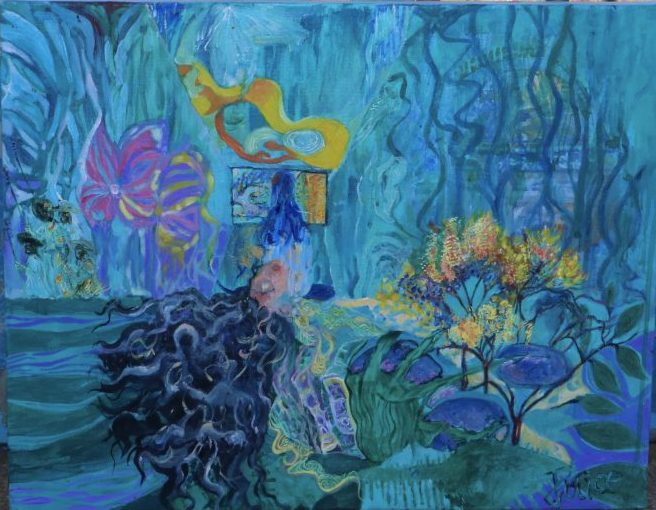Game Scenery of the Four seasons (Composer)
Traditional Chinese music follows the Wǔshēng 五聲, “five musical tones (of the pentatonic scale)”: gōng 宮, shāng 商, jué 角, zhǐ 徵, and yǔ 羽—equivalent to do, re, mi, sol, and la in western Solfège.
Use regular syllables for common actions (e.g., turning the picture, rolling the ball) and some unique syllables for actions that are triggered less frequently (e.g., the ball falling at the beginning, the ball failing, and getting a win). On the Qin, for example, Do, Re, Mi, Sol, and La under the open strings are the regular syllables, while the high notes with hollow inspiration played by the left hand touching the strings and the right-hand plucking are the unique syllables.
There are 24 levels in total, each requiring at least two instruments to match. The search for instruments will continue afterwards, niche Chinese instruments and unique timbres.
jingya Li

I made a chinese music composition for Jingya’s final year project: “Scenery of the Four seasons”. She needed a specific style which was a little bit hard for me to create at first cause I am not classically trained as a composer. I kind of wrote down the melodies in her reference tracks and learned how Chinese instruments were talking to each other:
The most challenge part would be make the whole composition sounded happy and cute. I am more like a ambient sad guy… I used midis (Jingya selected Pipa and Taodi) as the main instruments to having a dialogue firstly to made a simple soundtrack and then Jingya asked musicians to follow the sheets. Yangqin and Violin were improvised sounds and I chopped them and layered on top.
From 1:15 would be the motif
I also recorded some tonggue drum sounds for her instrument library:
